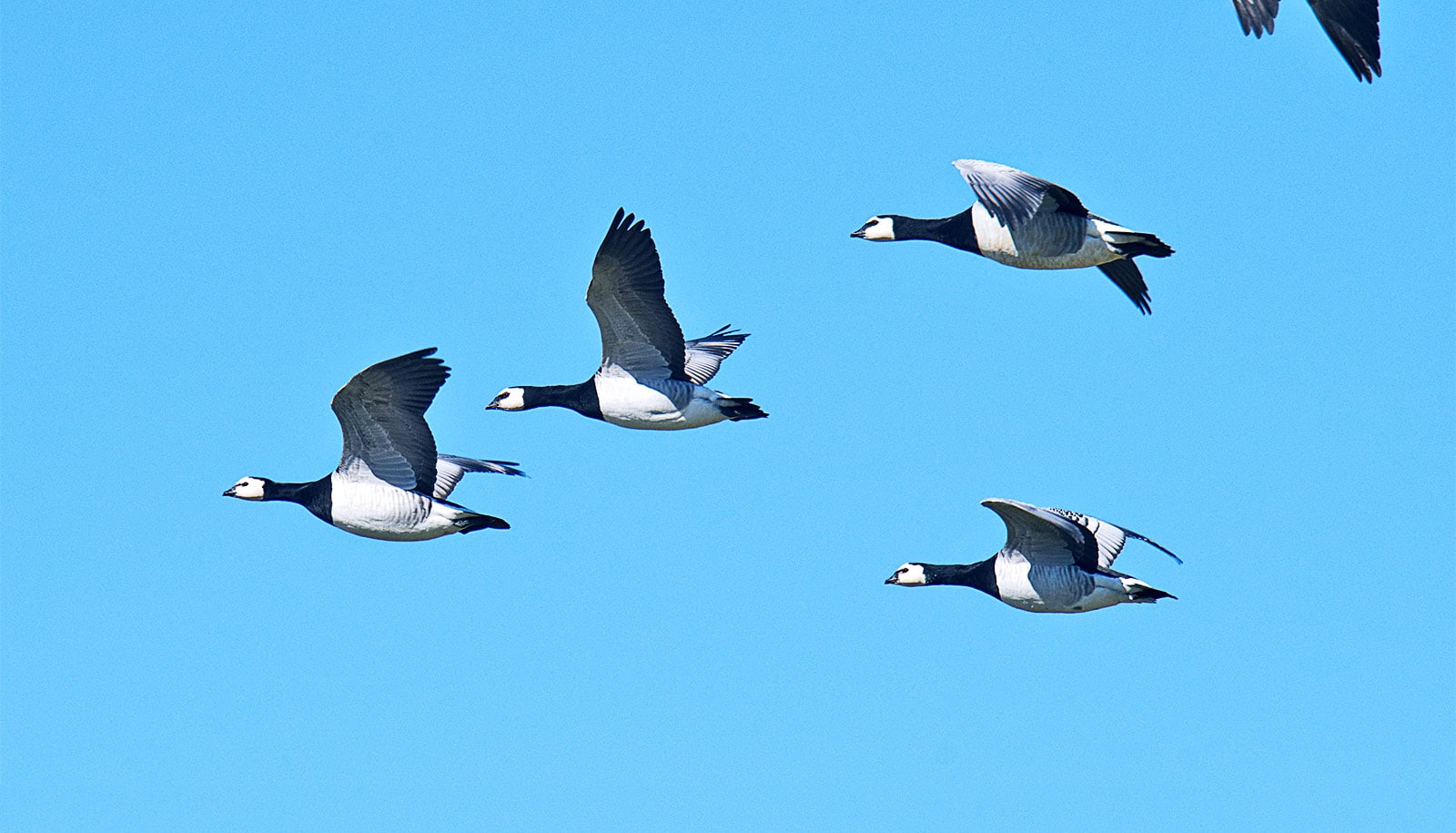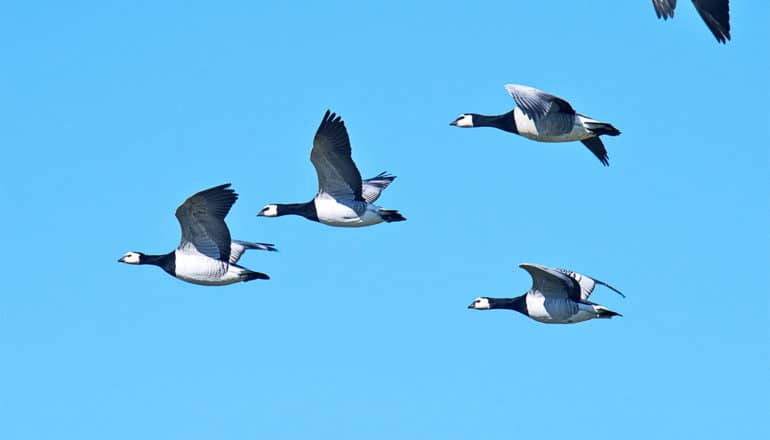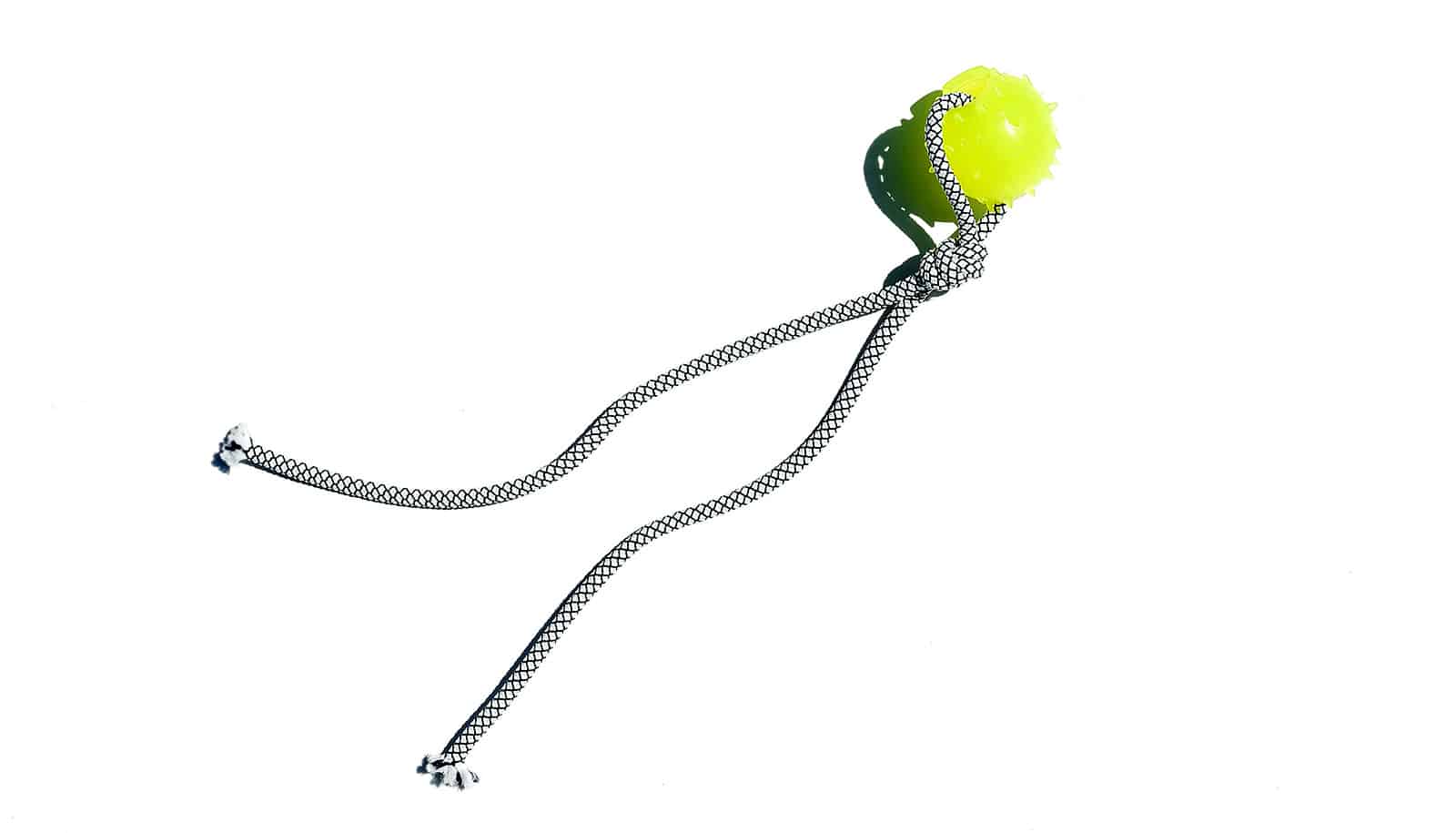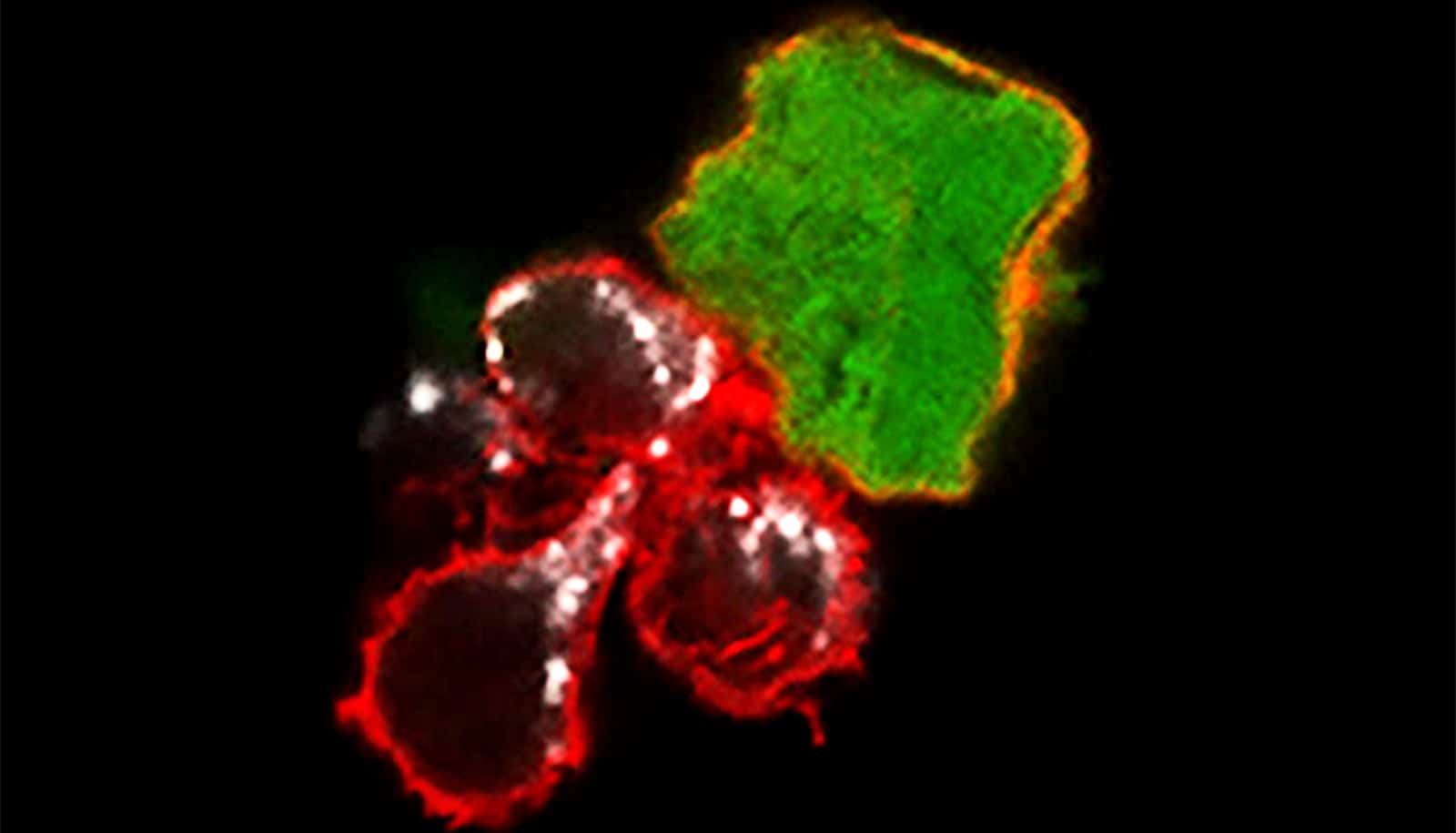
(Credit: Getty Images )
Like geese, cancer cells play follow the leader
Metastatic cancer cells leave tumors and travel in clusters, not singles. A new study shows that drafting helps the process along.

Cancer cells know how to exploit the power of drafting, letting someone else do the hard work of moving forward while you coast behind.
Building on the relatively new discovery that metastatic cancer cells leave tumors and travel in clusters, not singles, biomedical engineers learned a leader-follower behavior helps the process along.
Like geese and race car drivers, the front cell expends vastly more energy making its way forward through tissue to establish a new tumor site. When it gets tired, it moves to the back of the cluster, and a cell from behind that’s saved its energy begins leading.

The finding, which will appear in the Proceedings of the National Academy of Sciences, gives a boost to the field of metabolomics, the next big thing in fighting cancer, says Cynthia Reinhart-King, professor of engineering at Vanderbilt University.
It can complement immunotherapies, which use the body’s natural defenses to kill cancer cells. So far, researchers have applied the field to slowing tumor growth, but learning about mechanisms such as the one the team found can help apply it to metastasis.
“Our work is the first to say, in addition to proliferation, migration is also energy-demanding,” Reinhart-King says. “That means we can also target migration through metabolism. Our experiments used breast cancer cells, but the same mechanism holds true to lung, colorectal, skin, and other cancers, so the underlying research is vital to learning how we might defeat all of those.”
The FDA approved the first-in-class cancer metabolism drug in 2017.
The team used breast cancer cells in three-dimensional, created tissue. Lead author Jian Zhang, a postdoctoral associate, also developed computational models that demonstrate the energy needs of the leader cell vs. the followers.
The leader needed up to 50 percent more energy, depending on the density of the tissue it’s fighting through, and the cells switched leader-follower positions every two to eight hours, Zhang says.
The development of fluorescent biosensors allowed for her team’s research, because the engineers could track energy consumption and production within cells, Reinhart-King says.
The National Science Foundation, the National Institutes of Health, and the Cancer Research Society funded the work.
Source: Vanderbilt University
The post Like geese, cancer cells play follow the leader appeared first on Futurity.
Share this article:
This article uses material from the Futurity article, and is licenced under a CC BY-SA 4.0 International License. Images, videos and audio are available under their respective licenses.


